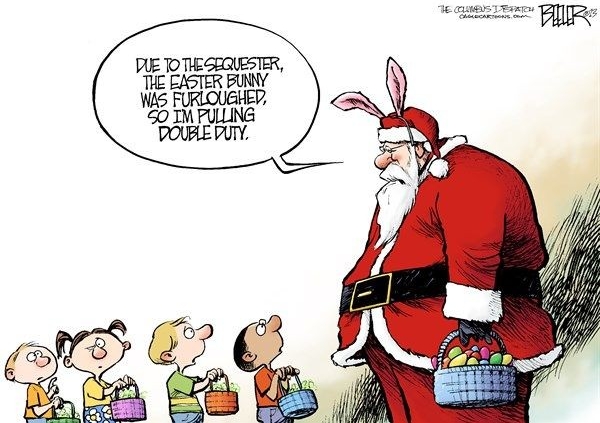Furlough – a whistle-stop history
I doubt many people knew the term furlough a year ago, I certainly didn’t.
Formally known as the Coronavirus Job Retention Scheme, furlough has been live since March 2020. In fact, it was announced on 20 March (a Saturday night) alongside the first national lockdown, but backdated to 1 March 2020.
We thought furlough would be brief, a few months at most, but after a good few extensions, it is set to continue until 30 September 2021. Will that be the end?
The scheme was announced before guidance about it was written and published. In those early days there were no laws in place related to the scheme – there had been no time to write them.
Those first weeks were a scrabble for employers and employees, HR and lawyers to understand the scheme as it unfolded, to work out whether they could reinstate staff already made redundant and furlough them (in the main they could) and whether furlough could fund notice pay (it could then, but can’t now).
Don’t even start on the debates about furlough and holiday entitlement!
However, that initial announcement in itself saved millions of jobs. Many collective redundancies were immediately parked to see where furlough led. Retail, hospitality and other sectors were given an instant solution to retaining staff during lockdown.
Months passed, Halloween followed, another Saturday night announcement, another lockdown and with it a last-minute extension of furlough which had been set to end the previous day (30 October). It was extended to 30 November, oh, wait, was that 2 December when the lockdown was due to end? No one knew at first, but we got there in the end. As it turned out, shortly followed by another extension of the scheme until March 2021.
The last-minute nature of it all caused panic and stress, but has ultimately been a lifeline for literally millions. Fortunately the most recent 2 extensions have given us all time to plan, and we know the scheme will run for at least the next 6 months now.
The scale is phenomenal.
As 31 January 2021 the scheme has cost the Treasury £50bn, 11.2 million jobs have been supported. Currently it is estimated that 4.7 million people are furloughed. 4 out of 10 employers are using the scheme.
Data showing employers who use the scheme and the amount claimed in is published monthly now, and most of those using the scheme are in the rhythm of it.
Hundreds of millions of pounds have been or will be repaid by employers who either claimed in error or have since realised they could manage without the money. Kudos to companies leading the way with this including big names like #Ikea. #Halfords have just added their name to the list of companies committing to repay funds after benefitting from the summer cycling boom. Many smaller organisations have also reviewed and been able to repay the funds. Here’s how to do it.
Furlough has gone from fixed to flexible – employees can work part-time and be furloughed part-time. A sensible evolution which has kept many jobs and businesses ticking over during the pandemic.
Employer contributions have varied too – fluctuating from nil as they are now (aside from auto-enrolment and NI payments) to 20% last autumn. Employer contributions will again be 10% in July and 20% in August and September 2021.
Furlough is a variation of contract, and employees must agree to be furloughed. To make a claim to HMRC, there must be written agreement between employer and employee. Don’t forget this important step.
Check your current agreements now too – end dates might need to be tweaked and agreed with employees to reflect the new furlough extension period (to 30 September 2021 at present).
Furlough has not been and cannot be a magic bullet to avoid redundancies altogether, many organisations know that after all of this they will need to downsize. As we know, redundancies have hit record highs.
If you need to make redundancies, please do get proper advice. Even a short call or two now can save thousands in the long run. And remember that furlough money can no longer be used to fund notice pay. It can’t be used for statutory redundancy payments either. Both need to be costed and factored into any plans.
It’s been a rollercoaster over the last year for everyone.
I wonder whether the word furlough will even be in our vocabulary in 10 years’ time?!

